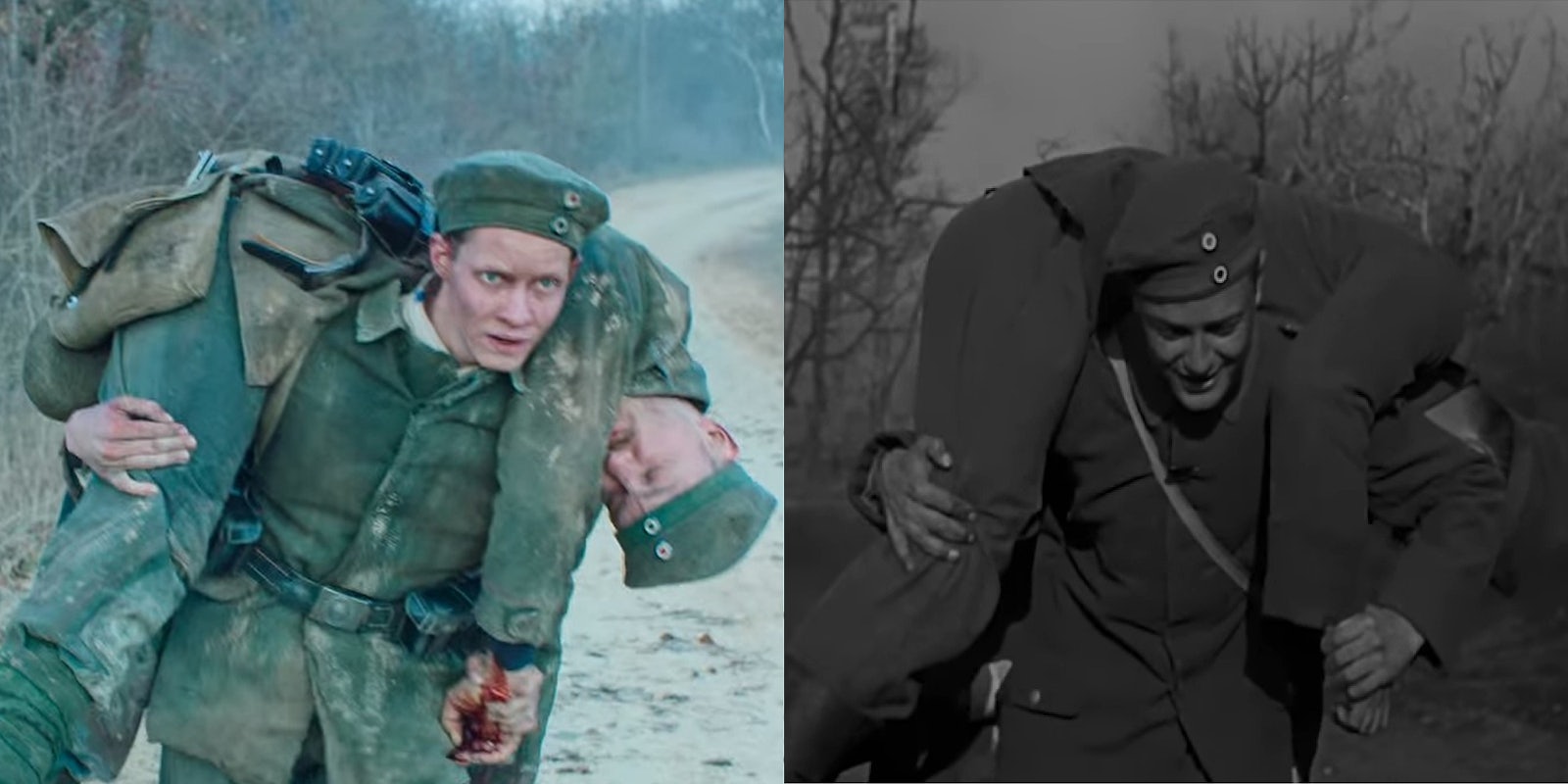With nine nominations including Best Picture, Netflix’s All Quiet on the Western Front is one of the biggest titles of Oscar season; an achievement that signals a lack of understanding for what came before. As the third screen adaptation of Erich Remarque’s acclaimed World War I novel, All Quiet immerses the audience in the mud and gore of trench warfare. Yet despite its gritty realism and 21st-century effects, this film can’t measure up to its most famous predecessor, which is now almost a century old.
Lewis Milestone’s 1930 All Quiet is hardly a forgotten gem. Often listed among the greatest war movies ever made, it was a massive hit at the time, channeling a fiercely anti-war sentiment to viewers who were still experiencing the fallout from WWI.
Filmed shortly after the advent of sound cinema, this adaptation tracked a group of young German soldiers as they transform from naive, patriotic schoolboys into traumatized victims of a pointless war. One by one they die in the trenches, in a tale that combined large-scale battle sequences with authentic, intimate portraits of daily life on the front lines.
Edward Berger’s new German adaptation employs modern techniques to retell the same story, working in a completely different cinematic sandbox. Yet the most important differences aren’t technical; they’re philosophical. Berger prioritizes sensory immediacy, expressing a desire to “grab the audience by the collar and drag them through the mud” while showing soldiers being slaughtered in gruesome detail. But while Milestone’s film was similarly praised for its tough and harrowing depiction of the trenches, he was equally interested in character-based storytelling, using personal drama to flesh out his film’s anti-war message.
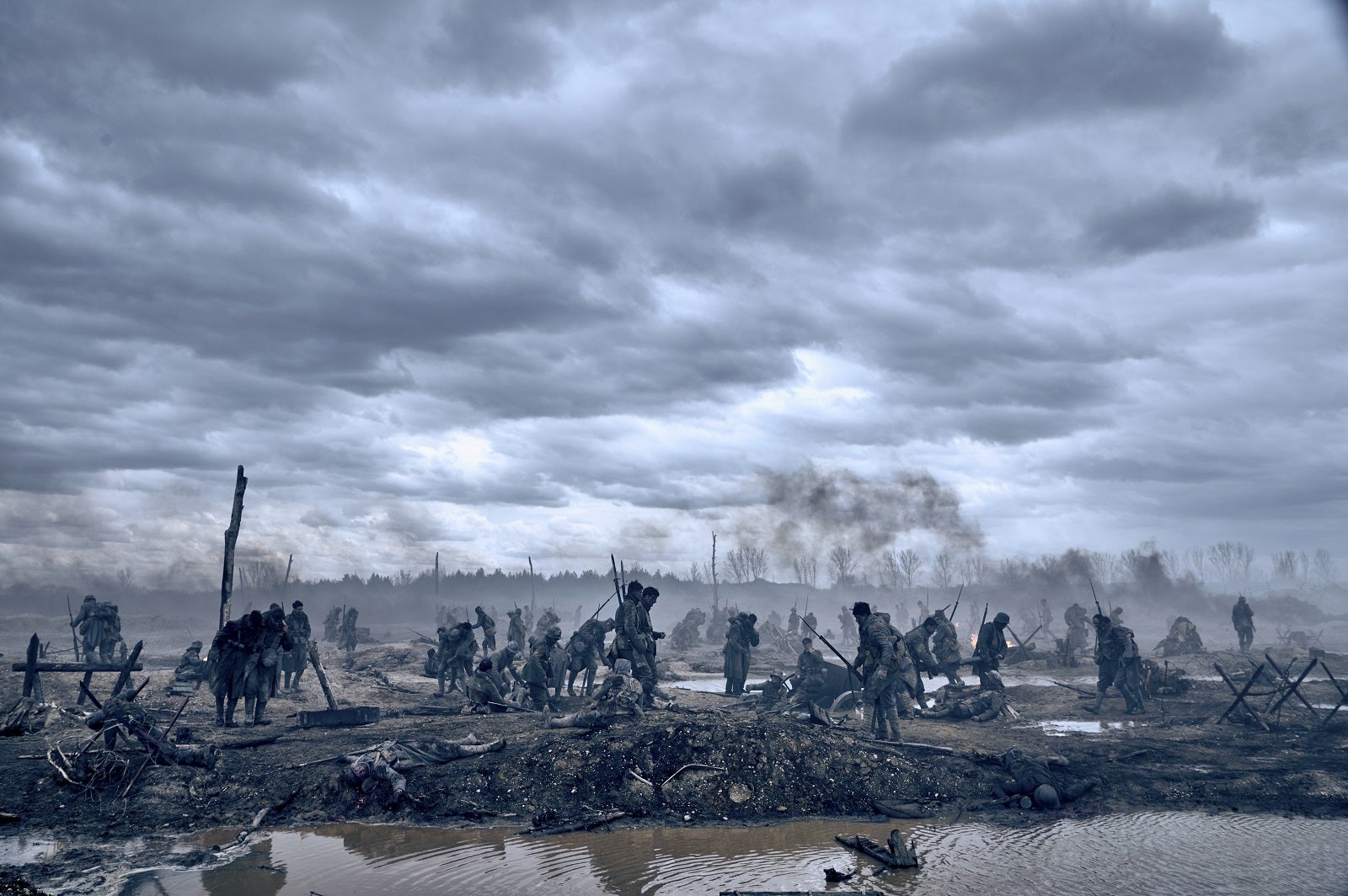
Spending more time developing the main characters and their relationships, Milestone tracked the soldiers’ changing attitudes to the war, inviting viewers to consider the deeper political and moral questions underlying their experiences. The 2022 version diminishes this emotional journey in favor of “realistic” action, a problem that’s clear from the two films’ opening scenes.
Depicting a celebratory atmosphere in small-town Germany, the 1930 movie begins with a parade of soldiers marching cheerfully off to war. The camera pans through a window into a classroom, where an elderly teacher is lecturing a group of wide-eyed teenage boys.
“You are the life of the Fatherland, you boys!” he exclaims with quivering sentimentality. “You are the iron men of Germany.” Claiming that it will be a “quick war,” he tells them it’s an honor to die for their country.
Whipped up into a nationalistic frenzy, the boys abandon the classroom and join the army en masse. Their spirits are only slightly dampened when they reach training camp, where they’re bullied through the mud by a sadistic taskmaster. But in the classic form of a children’s adventure story, they get revenge on their trainer by setting a trap and beating him while he’s drunk—a bit of violence that’s closer to Home Alone than Apocalypse Now. They’re still naive kids, unaware of their own mortality.
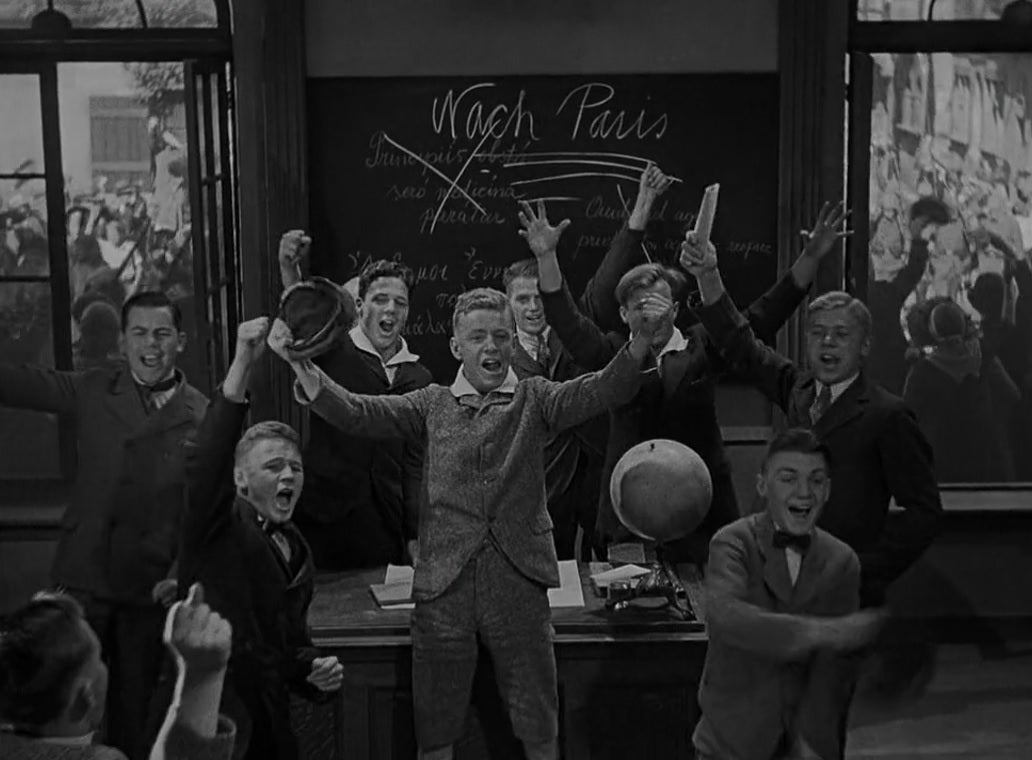
This morbidly optimistic intro takes a full 20 minutes, leading into the boys’ first taste of life on the front lines: Arriving at an occupied village, only to learn that the army has run out of food. Clueless and lacking any kind of survival skills, they pay an officer for stolen meat while older veterans look on in longsuffering disbelief. (Like many Depression-era films, Milestone’s All Quiet is very effective at putting a perversely comic spin on starvation.)
Then the first bombs hit, and the new recruits embark on an inescapable cycle of rat-infested trenches, fruitless marches, poor rations, and chaotic military hospitals. By the final act, the main character Paul is a seasoned veteran who witnesses the next generation of boys being shipped off to die.
In one crucial sequence that Berger omits from the 2022 film, Paul returns home to his village, where we witness his total alienation from civilian life. His mother and sister have no idea of the trauma he’s faced, and his father’s peers are woefully misinformed about the state of the war, chatting confidently about medals and honor and smashing the French.
Paul’s most unpleasant encounter is with his old teacher, Professor Kantorek, who is filling another classroom of boys with jingoistic nonsense. Kantorek encourages him to share heroic tales of battle, but of course, Paul can’t provide a satisfactory answer. At last, he bursts out, “It’s dirty and painful to die for your country,” prompting one of the boys to call him a coward. Despairing, Paul delivers a monologue that he knows will fall on deaf ears:
“Three years we’ve had of it. Four years. And every day a year, and every night a century. And our bodies are earth. And our thoughts are clay. And we sleep and eat with death. And we’re done for, because you can’t live that way and keep anything inside you. I shouldn’t have come on leave. I’ll go back tomorrow. I’ve got four days more, but I can’t stand it here. I’ll go back tomorrow.”
Civilians in 1918 simply couldn’t comprehend the reality of the war, and this sense of alienation pervades Milestone’s All Quiet. We understand that even if some soldiers do survive, they can’t return to their previous lives.
By contrast, the new film opens with brutal violence and piles of corpses, showing a uniform being stripped from a dead soldier and reused for a new recruit: Paul. This time around, Paul and his friends are only portrayed as schoolboys for about five minutes, and their training period is equally truncated, delivering them straight into battle. The rest of the 147-minute runtime is a plateau of expertly-realized trauma.
This immersive rendering of trench warfare benefits from modern visual effects and adult-rated action. Its lead performances are far more naturalistic than we’d see in a film from the 1930s, when different techniques were in vogue. Yet this modern adaptation lacks the same emotional punch, in part because Berger seems less interested in the soldiers’ lives outside the battlefield.
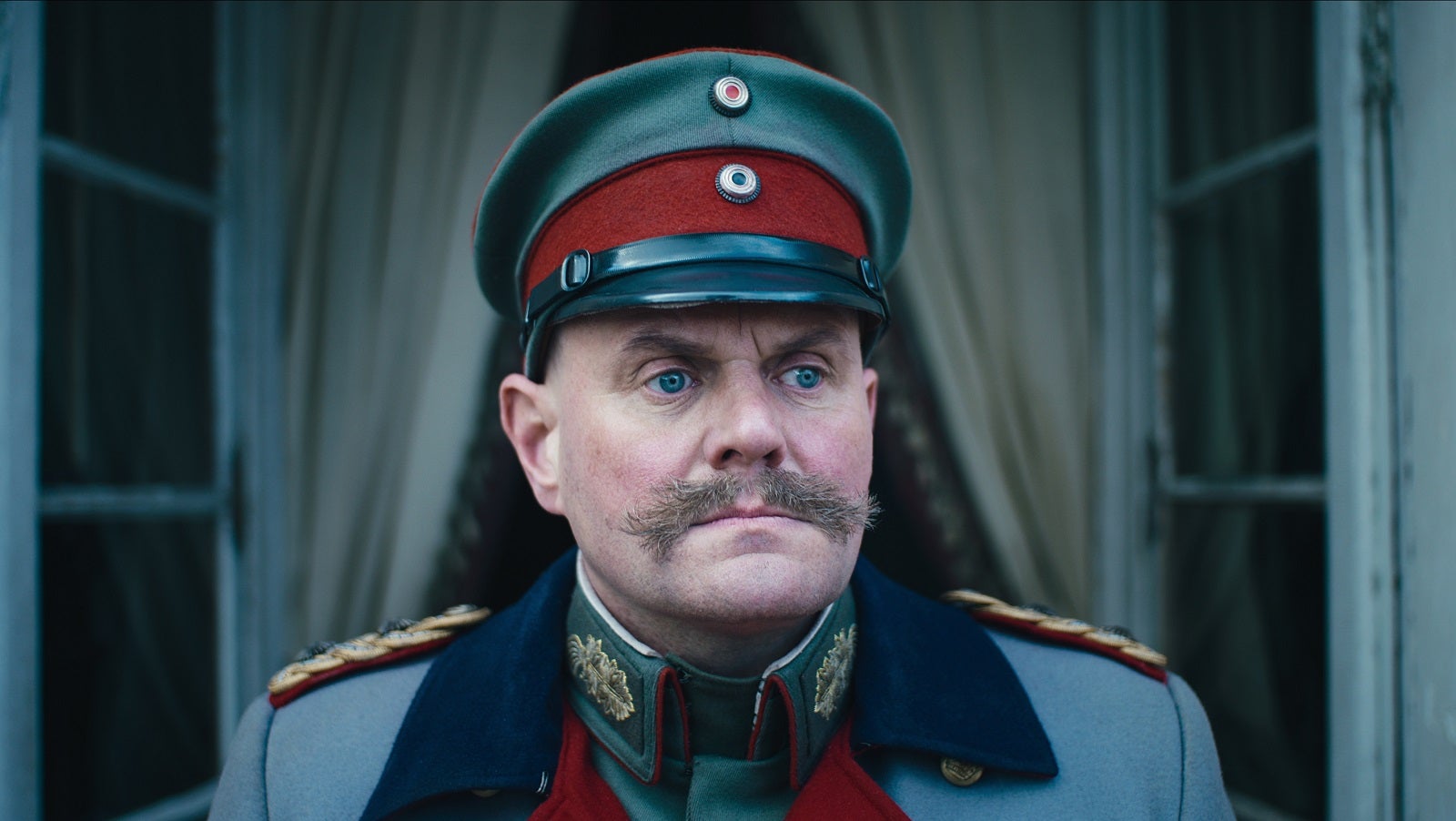
Cutting most of the civilian scenes, the 2022 film introduces a new subplot about Germany’s leadership. Here we see politician Matthias Erzberger negotiating for a ceasefire while a delusionally patriotic General Friedrichs (a fictional character) campaigns to push ahead.
A caricature of aristocratic cruelty, Friedrichs guzzles luxury food while sending men to their deaths. He’s a straightforward villain, creating a very different dynamic to Milestone’s focus on the soldiers’ perspective. Berger added this subplot to provide more historical context for modern viewers, but as Jamelle Bouie noted in the New York Times, this transforms “a condemnation of war into a much simpler story of virtuous soldiers and cynical leaders who betrayed them.”
In interviews, Berger emphasizes the importance of his film as a German adaptation, supposedly offering a more authentic viewpoint and counteracting the heroic tone of most American war movies. Oddly though, Berger’s film is less invested in exploring the sociopolitical environment of Germany at the time. The boys’ exposure to patriotic propaganda is barely touched upon, and nor is the culture-clash between veterans and the civilian population—a secondary tragedy that planted the seeds for Germany’s grim future.
It’s also unfair to position the 1930 All Quiet as a typical Hollywood war movie. Its tone is far from heroic, portraying the soldiers as doomed victims of an unstoppable force, pushing back against the dehumanizing anti-German propaganda that shaped America’s view of WWI. In Germany itself, the movie was protested and ultimately censored by the Nazis, who loathed its anti-war message and failure to depict German soldiers as powerful warriors.
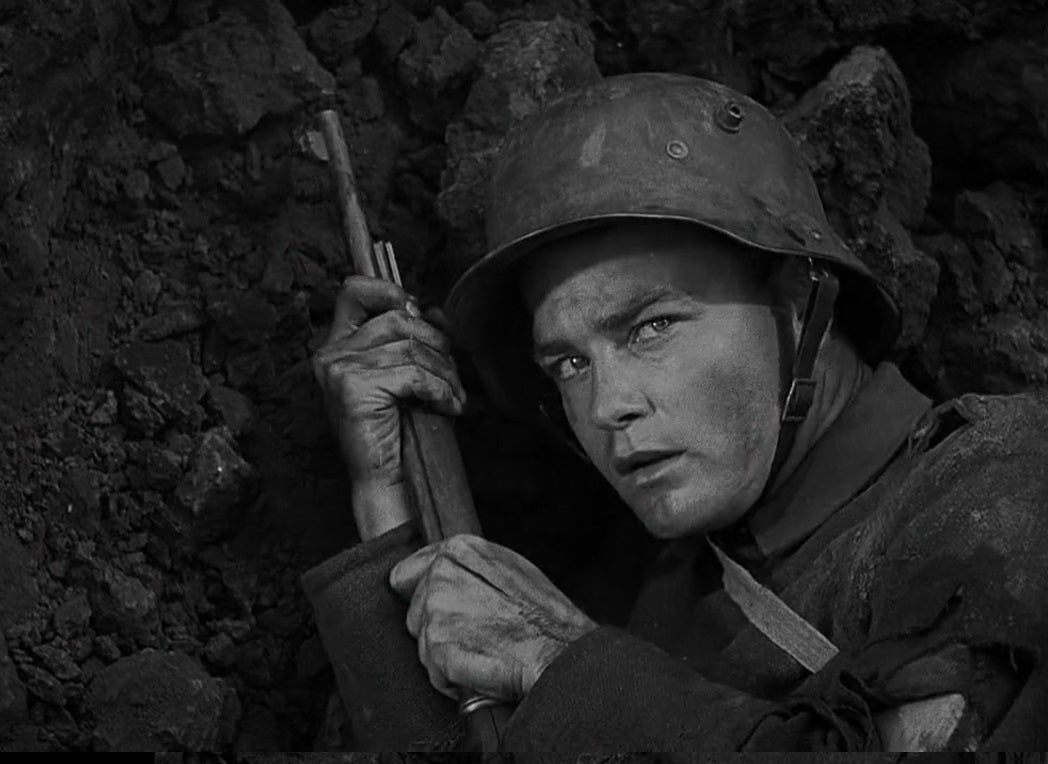
The effectiveness of the 1930 All Quiet lies in its journey from naïveté to hopelessness. We identify with the characters’ loss of innocence because we witness the war through their eyes, beginning in a place of absurd, ignorant optimism. The cheerful atmosphere of those first few scenes is, if anything, more disturbing than Berger’s decision to begin with a mass grave.
Structurally speaking, Milestone uses horror movie tactics to reveal the brutality of the war. Like Alien or Jaws, he begins with a quiet, everyday opening sequence, gradually building a sense of dread before the “monster” finally appears. Opting for a more action-focused tone, the 2022 version unleashes the monster within the first five seconds. And while it’s still a drama with plenty of quiet, intimate scenes, there’s a pervasive sense of blockbuster action that brings to mind that old Truffaut quote: “There’s no such thing as an anti-war film.”
By prioritizing realistic violence and viscerality, Berger’s All Quiet echoes action movies like Dunkirk and 1917. Even the music drops hints in this direction, delivering Hans Zimmer-like blares of sound that could just as easily belong in a Batman movie.
All Quiet’s popularity among Oscar voters reflects the belief that if a movie makes you feel bad, then it must be serious and impressive stuff—especially when accompanied by meticulous historical detail. But in most regards, All Quiet on the Western Front is an unexceptional film.
As an anti-war drama that primarily takes place on the battlefield, it retreads territory that received more sophisticated treatment elsewhere. Its exploration of WWI politics is simple at best. Grim shots of dismembered corpses and traumatized soldiers may make an impact in the short term, but on a deeper level, the 1930 version still has a great deal more to say.


